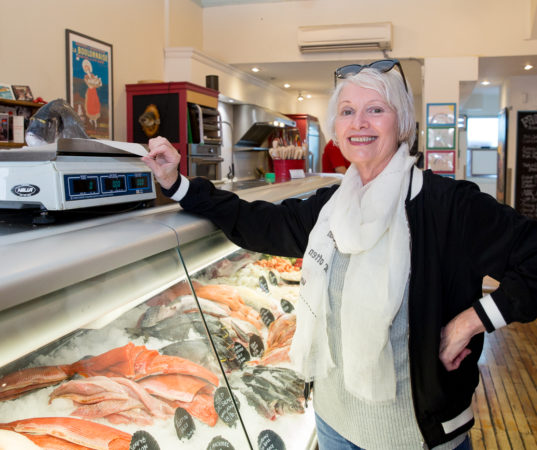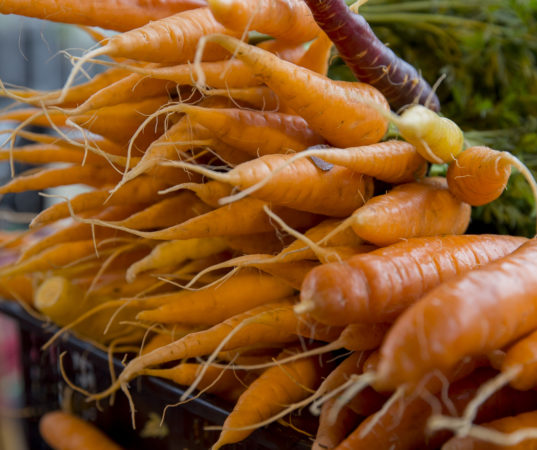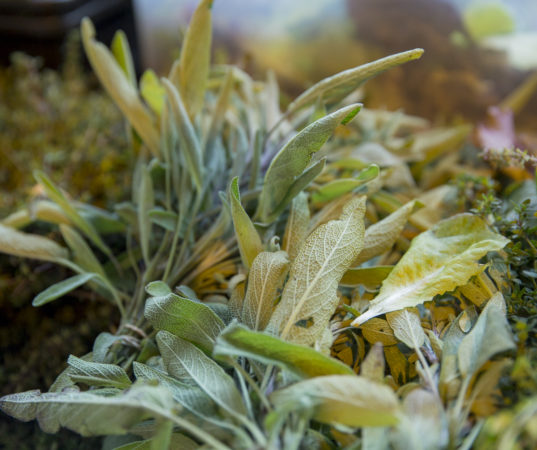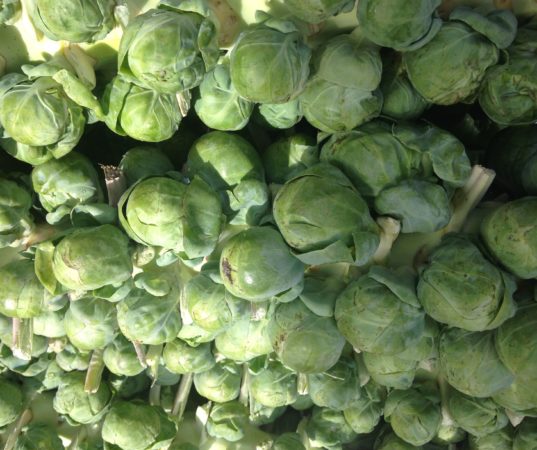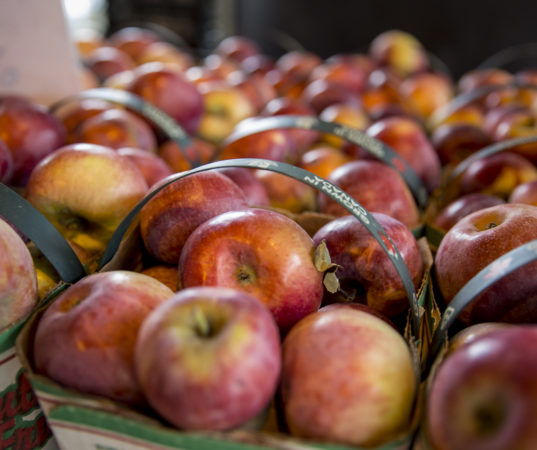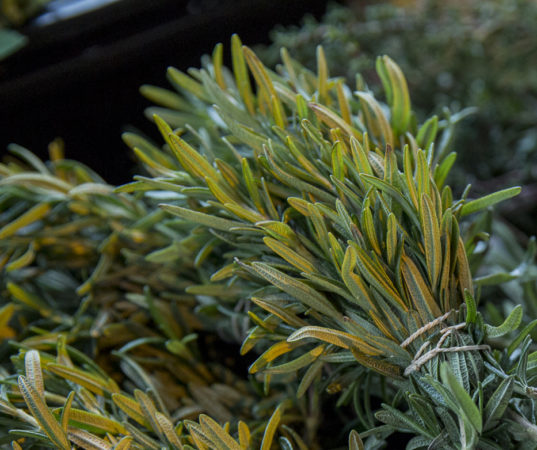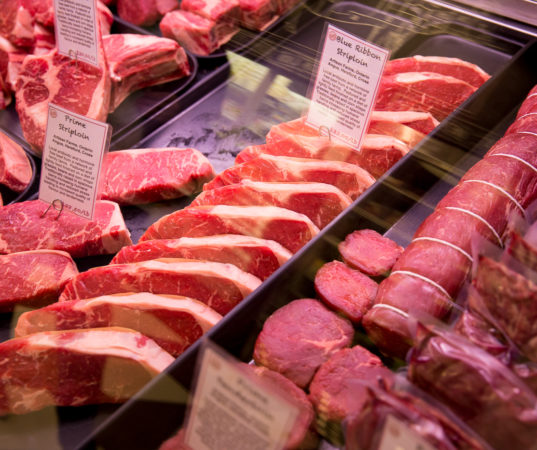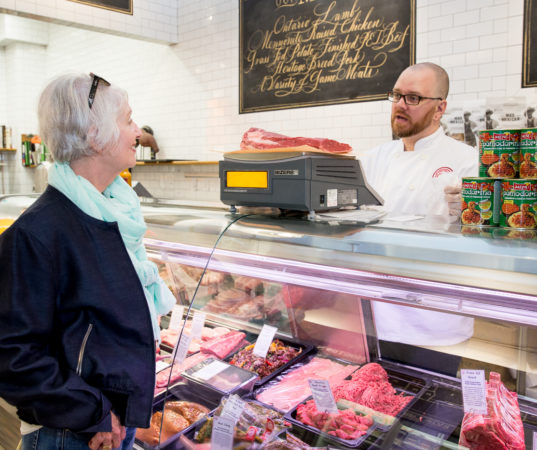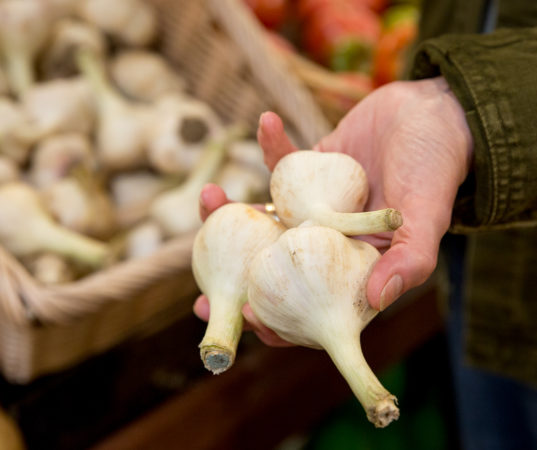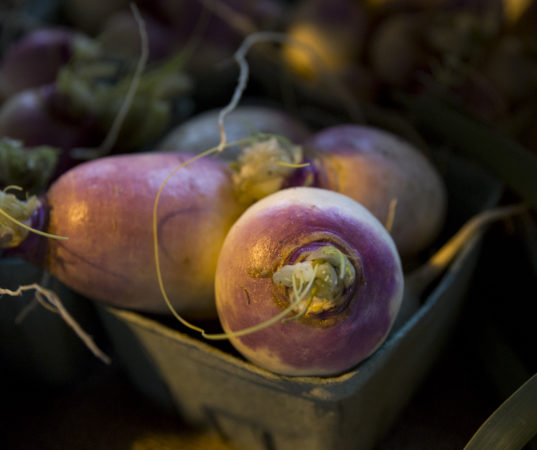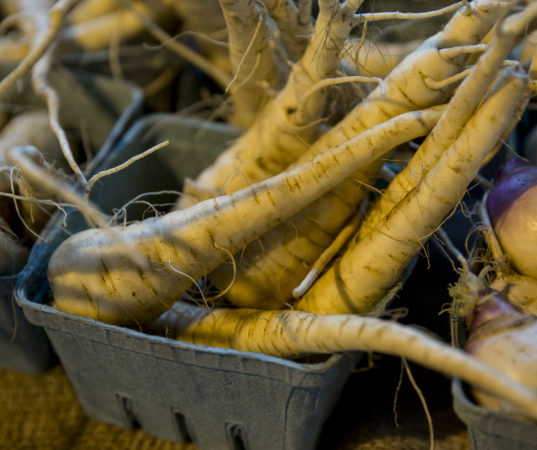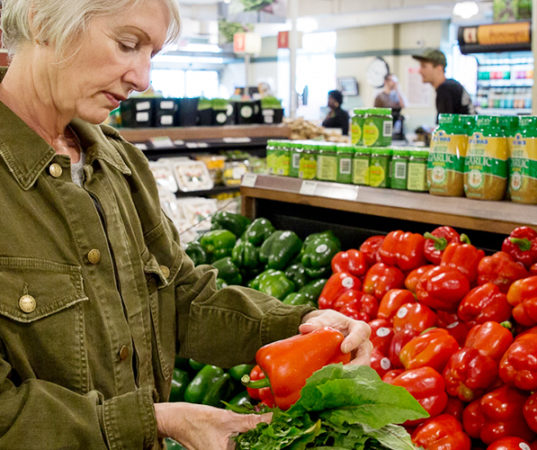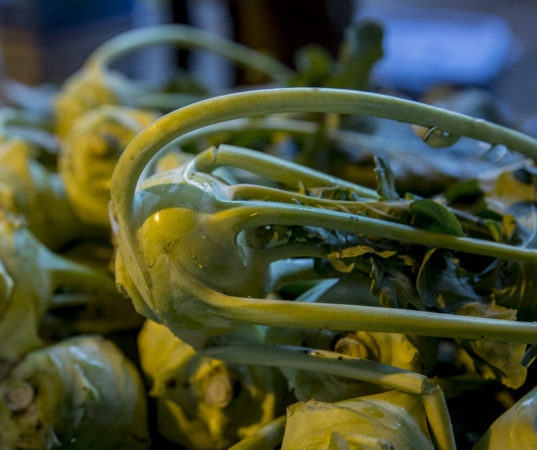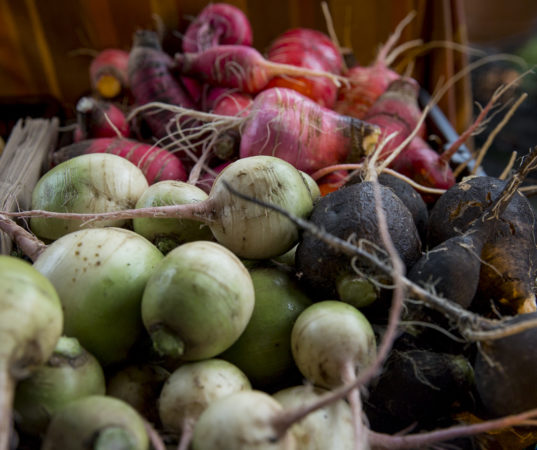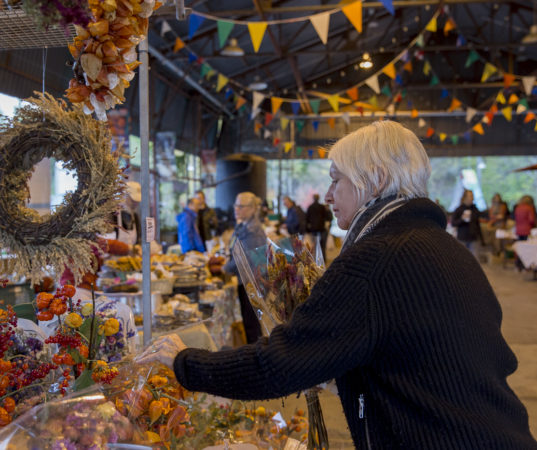Learn how to live a healthy life and leave a legacy of wellness by looking both to the past and to the future.
You Are What Your Grandparents Ate takes conventional wisdom about the origins of chronic disease and turns it upside down. Rooted in the work of the late epidemiologist Dr. David Barker, it highlights the exciting research showing that heredity involves much more than the genes your parents passed on to you. Thanks to the relatively new science of epigenetics, we now know that the experiences of previous generations may show up in your health and well-being.
Many of the risks for chronic diseases — including obesity, type 2 diabetes, high blood pressure, heart disease and dementia — can be traced back to your first 1,000 days of existence, from the moment you were conceived. The roots of these vulnerabilities may extend back even further, to experiences your parents and grandparents had — and perhaps even beyond.
Similarly, what happens to you will affect your children and grandchildren. That’s why it’s so important to make good dietary choices, get a suitable amount of exercise and be cautious about exposure to toxins. Positive lifestyle changes have been shown to spark epigenetic adjustments that can lead to better health, not only for yourself, your offspring and their children, but also for generations to come.
This book makes hard science accessible. It is a call to action for social as well as personal change, delivering the message that by changing our own health, we can also influence the future of the world.
Judith Finlayson is a bestselling author who has written books on a variety of subjects, from personal well-being and women’s history to food and nutrition. A former national newspaper columnist for The Globe and Mail, magazine journalist and board member of various organizations focusing on legal, medical and women’s issues, she is
also the author of over a dozen cookbooks. Judith lives in Toronto, Canada.
Foreword by Dr. Kent Thornburg, Professor of Medicine and Director of the Center for Developmental Health at the Knight Cardiovascular Institute, and Director of the Bob and Charlee Moore Institute for Nutrition & Wellness at Oregon Health & Science University in Portland, Oregon.
YOU ARE WHAT YOUR GRANDPARENTS ATE

Chile peppers bring both sweet and fiery zest to dishes — discover a fascinating and seemingly endless variety within the pages of this delightful book.Contrary to popular belief, a pepper does not need to make your eyes water or start a fire in your mouth to qualify as a chile. “Chile” is simply the common name for the fruit of the capsicum plant and chiles come in a wide variety of colors, shapes and flavors.
There are five major species of chile peppers and thousands of varieties, in a wide range of sizes, shapes and colors. Even experts disagree about how many there actually are. So it is probably not surprising that the spelling for the word itself is somewhat problematic. Is it chili, chilli or chile? You are likely to come across all of those spellings if you are reading up on the topic.
This comprehensive book (which serves as both a reference and a cookbook) from bestselling author and expert researcher Judith Finlayson takes you through dozens of chiles and provides absorbing information on everything from the historical and geographic origins of chiles to information on the Scoville scale (which measures the hotness of a chile and was invented by Wilbur Scoville) to the health benefits of chiles and finally, 250 delicious and inventive recipes.
Full color throughout, this book takes inspiration from chiles and embraces them with an enthusiasm that maximizes their true flavor potential. From fiery Tex-Mex inspired meals to savory and sweet Thai dishes, this incredible collection of recipes is sure to make you a lover of all things chile.
Madame Saint-Ange’s Peruvian Cream
Published in 1927, La bonne cuisine de Madame E. Saint-Ange, which contains over 1,000 recipes, became a bible of cooking for French housewives and inspired culinary superstars such as Julia Child. Here I have adapted her variation of pots de crème, which contains the delectable combination of chocolate, coffee, caramel and vanilla. Serve this with a dollop of sweetened whipped cream.
Down-Home Tomatoes with Okra
This is a great side dish. A particularly mouthwatering combination of flavors, it makes a perfect accompaniment to grilled meat, fish or seafood. Leftovers make a delicious filling for an omelet.
Fennel Braised with Tomatoes
Here’s a perfectly luscious side dish that makes a great companion for grilled or roasted fish and meats or a splendid topping for hot whole grains such as wheat berries, barley or brown rice. The gratin variation, which adds a fancy finish and nice texture, is particularly attractive on a buffet table.
What is Mole?
What is Mole?
Most people associate the term mole with mole poblano, a sauce with a slightly murky history that usually contains chocolate. Although the origins of this classic paste are disputed, the most common story attributes its invention to enterprising nuns from the Convent of Santa Rose in Puebla, Mexico, who hastily put together the ingredients to address a surprise visit by the archbishop. The inclusion of chocolate is a distinguishing feature of their mole, but across Mexico less-auspicious versions are widely used in everyday dishes. Prepared moles are often sold at local markets and distinguished by color–in my experience, green, yellow and black. They are fairly simply, readily available sauces, based on chiles, complementary spices and aromatics, and Mexican cooks routinely use prepared versions as convenience foods, to jump-start dishes that would otherwise be time-consuming to prepare.
Cilantro
Many people dislike the intensely herbaceous flavor of this herb, but I use it often – usually in salsas that I serve with grilled fish or meat. Its pungent, almost citrusy flavor is a beautiful compliment to spicy ingredients, such as chiles. Cilantro belongs to the same horticultural family as parsley. It provides a smattering of vitamins and minerals but its real worth seems to lie in its antioxidant power and its valuable phytonutrients. Among its benefits, it is reputed to be helpful in removing toxic metals from the body and may help to prevent anemia.
Lamb Shanks Braised in Tomato Sauce with Lemon Gremolata
Braised in a light tomato sauce and finished with lemon gremolata, these lamb shanks have Mediterranean overtones, which is why I like to serve them with polenta. That said, a bed of mashed potatoes is pretty good, too.
Know Your Oregano
Know Your Oregano
If your recipe calls specifically for Mexican oregano, I recommend that you try to access that variety, which is usually available in Latin American markets. It is not the same as the Mediterranean version, known as Origanum vulgare. Although there are different types of Mexican oregano, most belong to the verbena family. Mexican oregano is sun-dried and provides a similar but more robust flavor than its European counterpart; it has strong citrus notes.
Beer-Braised Chile
If you’re tired of beef-based chilies with red beans, try this equally delicious but lighter version. It makes a great potluck dish or the centerpiece for a casual evening with friends. For a special occasion, serve with hot cornbread.
Share this:
- Click to print (Opens in new window) Print
- Click to share on Facebook (Opens in new window) Facebook
- Click to share on LinkedIn (Opens in new window) LinkedIn
- Click to share on X (Opens in new window) X
- Click to share on Pinterest (Opens in new window) Pinterest
- Click to share on Reddit (Opens in new window) Reddit
- Click to share on Tumblr (Opens in new window) Tumblr

